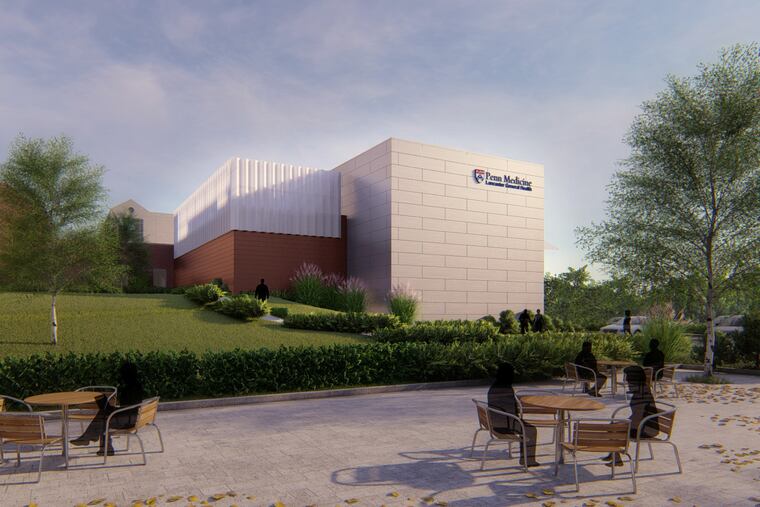Penn Medicine’s Lancaster General is adding a $48 million proton therapy center
Proton therapy is coming to Pennsylvania Dutch Country.

In a few years, cancer patients in Pennsylvania Dutch Country won’t have to travel to the big city to get state-of-the-art proton therapy.
At least, that’s the plan, announced Tuesday by the University of Pennsylvania Health System and the Lancaster General health system, which Penn acquired four years ago. The $48 million proton center will be added to Lancaster General’s six-year-old Ann B. Barshinger Cancer Institute.
Penn already has a huge proton therapy center on its University City campus, and it is building a $35 million center in Voorhees, in partnership with Virtua.
“We see where things are going in the future. It’s important to move the technology closer to peoples’ homes, so they don’t have to travel so far,” said James Metz, chair of radiation oncology at Penn and head of its Roberts Proton Therapy Center.
» READ MORE: Is Hahnemann a ‘zombie hospital’? Appeal of residency program sale hinges on that argument.
The proton center industry has grown rapidly, despite controversy because the therapy costs more and generally hasn’t been proven to be better than conventional radiation therapy. In theory, protons have therapeutic advantages because they stop within the targeted cancer, sparing healthy nearby tissue.
Prostate cancer has been the industry’s economic driver, but the therapy has become an option for brain, spinal cord, head and neck, pediatric, and other cancers.
While lack of insurance coverage remains an obstacle for many patients, Metz said the issue is “evolving.” Medicare now pays for proton therapy, and Penn has negotiated coverage with major insurers. “About 70% of our patients get approved,” Metz said.
The Roberts Center, which has treated more than 6,000 patients since it opened in 2010, has five treatment rooms. The Lancaster facility, like the Voorhees one, will have a single treatment room. It is expected to open in fall 2021 and treat about 250 patients a year, Metz said.
Penn’s Roberts Center was the first in the Mid-Atlantic region, and the news release for the Lancaster facility says it will be only “the second site in Pennsylvania to offer the innovative therapy.” But there are now centers in Somerset, N.J.; New Brunswick, N.J.; New York City; Baltimore; and Washington, according to the National Association for Proton Therapy.
Nationally, the association counts 31 centers and three under construction. But at least six centers have shut down, declared bankruptcy, or are losing money.